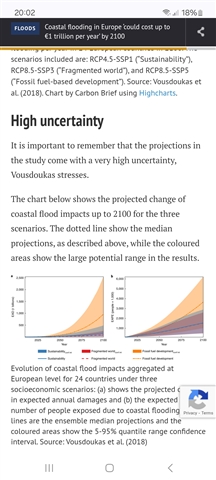There is an increasingly urgent debate on how to accelerate electric vehicle (EV) adoption to reduce CO2 emissions from fossil-fuelled vehicles.
For instance, in the UK, the government is pushing for the transition to zero-emission vehicles, aiming to phase out petrol and diesel cars by 2030 ( https://www.gov.uk/government/news/industry-encouraged-to-shape-uk-transition-to-zero-emission-vehicles#:~:text=The%202030%20phase%20out%20date%20was%20broadly%20supported%20by%20industry,to%20electric%20cars%20by%202030).
One commonly cited challenge is the concern that “the grid can’t handle the power demand of widespread EV deployment.”
But what if each new EV could be an asset to the grid rather than a burden?
In my view, bidirectional charging could be a game-changer, creating a "positive tipping point" for both EV adoption and grid stability. How Could This Work?
Grid Perspective:
Every EV plugged into the grid could provide valuable energy storage. Excess renewable energy (from solar or wind) could be stored in EV batteries during periods of low demand and released back into the grid during peak times, reducing reliance on fossil fuels.
Moreover, if EVs are charged at home or near points of demand, they could provide localized storage, decreasing the need for long-distance transmission and reducing grid losses.
The Role of AI:
Real-time spot tariffs could be broadcast to smart chargers, allowing them to respond to the grid’s need for additional power. AI algorithms could also predict weather patterns, helping to plan charging schedules based on upcoming energy production from renewables.
Charger-Owner Perspective:
Charger-owners can buy energy at a low spot rate and potentially be paid to take on energy during periods of excess supply. They could then sell energy back to the grid at a higher spot rate during periods of peak demand. If the owner also has solar or wind energy production, the incremental cost of this energy could be close to zero.
Driver Perspective:
The only inconvenience for the driver would be the need to plug in the vehicle. This could happen when they arrive at work or home, and app-based guidance could optimize charging times based on driver preferences.
Vehicle Perspective:
While each EV has embodied carbon from battery production, using the battery for grid storage could maximize the benefits of this "carbon investment." It’s a way of leveraging the vehicle’s potential beyond just emission-free driving.
Material / resource demand Perspective:
By using EV batteries for grid storage, the need for home batteries might be reduced, avoiding the demand for additional storage capacity and the associated environmental impact from mining operations.
Climate Mitigation Perspective:
To mitigate climate change, reducing CO2 emissions is essential. Bidirectional EV charging could create a positive feedback loop, decreasing emissions from both vehicles and the grid. The potential for fewer home batteries would also reduce embodied carbon associated with their production.
Climate Adaptation Perspective:
Severe weather events, intensified by climate change, could disrupt the grid. In such cases, EVs could provide backup power. With advance warning of extreme weather, drivers could ensure their batteries are fully charged. Since EV batteries typically have much higher capacity than home batteries, they could offer autonomy for multiple days in the event of grid failure.
Work and Home Considerations:
The interaction between work and home charging (and the potential for energy consumption at both locations) could introduce complexities, especially around remuneration and tax regimes. This could be addressed by borrowing the "Virtual Private Network" (VPN) concept from telecommunications, ensuring energy billing aligns with both remuneration and tax considerations.
Conclusion:
Many IET members are likely to be involved in this debate, so I would appreciate hearing your thoughts, as well as any corrections or guidance on my use of terminology.
(I am not a professional in this domain but am deeply interested from both a climate crisis perspective and as an enthusiastic EV and "active house" owner.)
